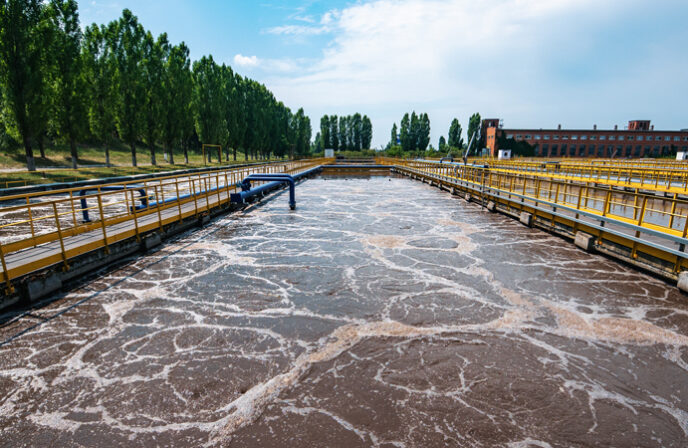The updated EU Urban wastewater treatment directive sets stricter requirements for wastewater treatment, particularly in nutrient removal and energy efficiency. New demands also include the removal of micropollutants, requiring technological upgrades at treatment plants. In addition, the directive aims for energy neutrality at the national level, which means significant changes in plant operations and a push for improved energy efficiency.
At Berner Industries, we provide solutions that help wastewater treatment plants meet the EU’s tightening environmental standards. One key element in this is a domestically produced and cost-effective glycerol blend, which serves as an efficient external carbon source in activated sludge processes to support enhanced nitrogen removal under varying conditions.
Nitrogen removal: a key component in meeting EU directive targets
The new EU directive challenges wastewater treatment plants to improve both nitrogen removal and energy efficiency. The implementation of new technologies and process improvements will be essential in achieving energy neutrality and reducing nutrient loads to meet environmental permit levels.
Nitrogen removal is a critical part of wastewater treatment, as nitrogen compounds can significantly harm aquatic ecosystems. Most nitrogen is removed biologically through the activated sludge process: in the nitrification phase, ammonium and organic nitrogen are oxidized to nitrate; in the denitrification phase nitrate is reduced to nitrogen gas.
Reducing nitrogen concentrations in wastewater can be particularly challenging due to climate conditions, the composition of incoming wastewater, and the plant’s capacity. Efficient nitrogen removal requires a sufficient carbon-to-nitrogen ratio, meaning there must be enough organic carbon in the wastewater to support bacterial energy production during denitrification.
External carbon addition to enhance nitrogen removal
Adding an external carbon source—such as glycerol, a by-product from industrial processes—can significantly boost total nitrogen removal. Glycerol is especially useful in the denitrification phase as nitrogen removal requirements tighten. Studies have shown that use of glycerol in activated sludge process can improve nitrogen removal efficiency to over 80% (Vilkki, 2025).
Berner Industries supplies glycerol as an external carbon source to both large and small wastewater treatment plants.
“We deliver bulk and IBC container shipments based on customer needs and support product implementation at the facility. Delivery time for glycerol is approximately under five working days,” says Milla Toivanen, Sales Engineer at Berner Industries.
The glycerol blend provides a carbon content similar to methanol but with added benefits, including easier handling and improved safety. The glycerol supplied by Berner Industries is produced in Naantali, Finland, as a side stream from betaine production based on sugar beet processing.
“Utilizing glycerol is a concrete and effective way to meet the new wastewater treatment requirements. It supports both environmental goals and process efficiency,” Toivanen concludes.
We’re happy to tell you more!
Milla Toivanen, Sales engineer
+358 404197689, milla.toivanen@berner.fi
Sources:
Vilkki, Anni. 2025. Kokonaistypen poiston tehostaminen yhdyskuntajätevedenpuhdistamolla: Glyserolin käyttö lisähiilen lähteenä. Available: https://urn.fi/URN:NBN:fi:tuni-2024121911462
